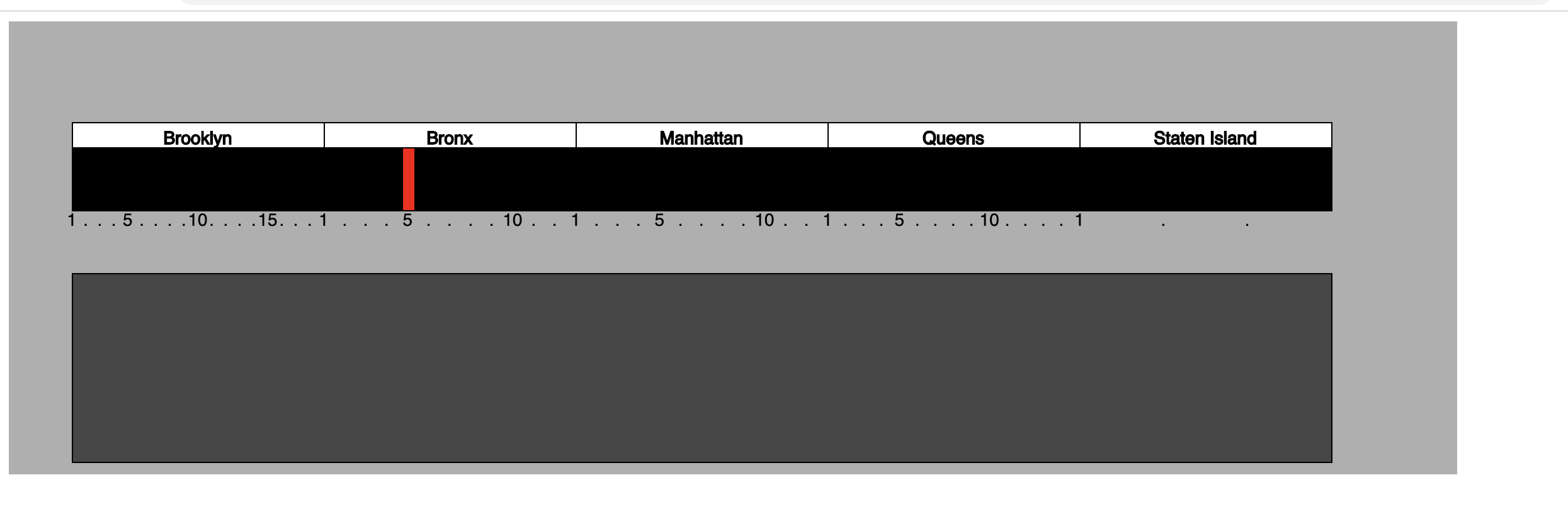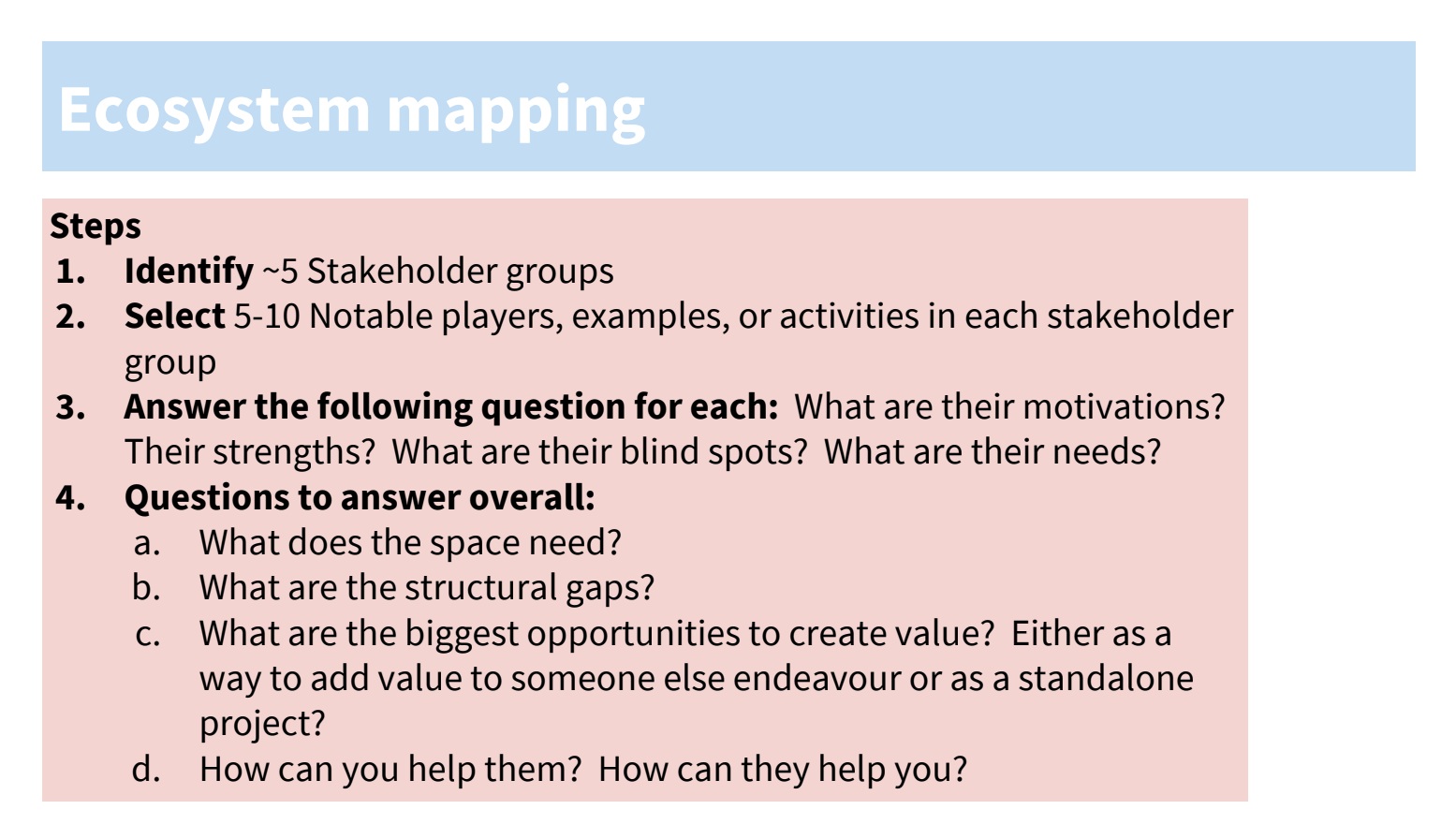Taking this into consideration, below are some responses to the final questions in the ecosystem mapping process:
What does the space need? One clear need is greater diversity and attendance at community board meetings. The flip side of this need is better methods to engage and communicate with residents. For residents, a need is easier access to information and transparency in the governance system.
What are the structural gaps? The model of showing up in person in order to access information and share your opinion is designed for a small town before the internet, not a busy metropolitan and modern city. Right now the notes from community board meetings are online, but the interface is cumbersome and difficult to navigate. I also wonder if there is an internal issue management system for boards to keep track of and elevate issues.
What are the biggest opportunities to create value? Either as a way to add value to someone else’s endeavor or as a standalone project? I would like to focus on access to information from community board meetings for residents. I think that increasing access could also help increase engagement and interest in community boards and local issues.
How can you help them? How can they help you? I believe I can contribute my coding and design skills to create a New York Community Board (NYCB) Radio website. To start, community board notes in a text file format instead of pdf would be a huge help! Or audio recordings!













